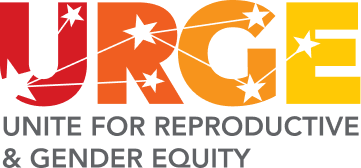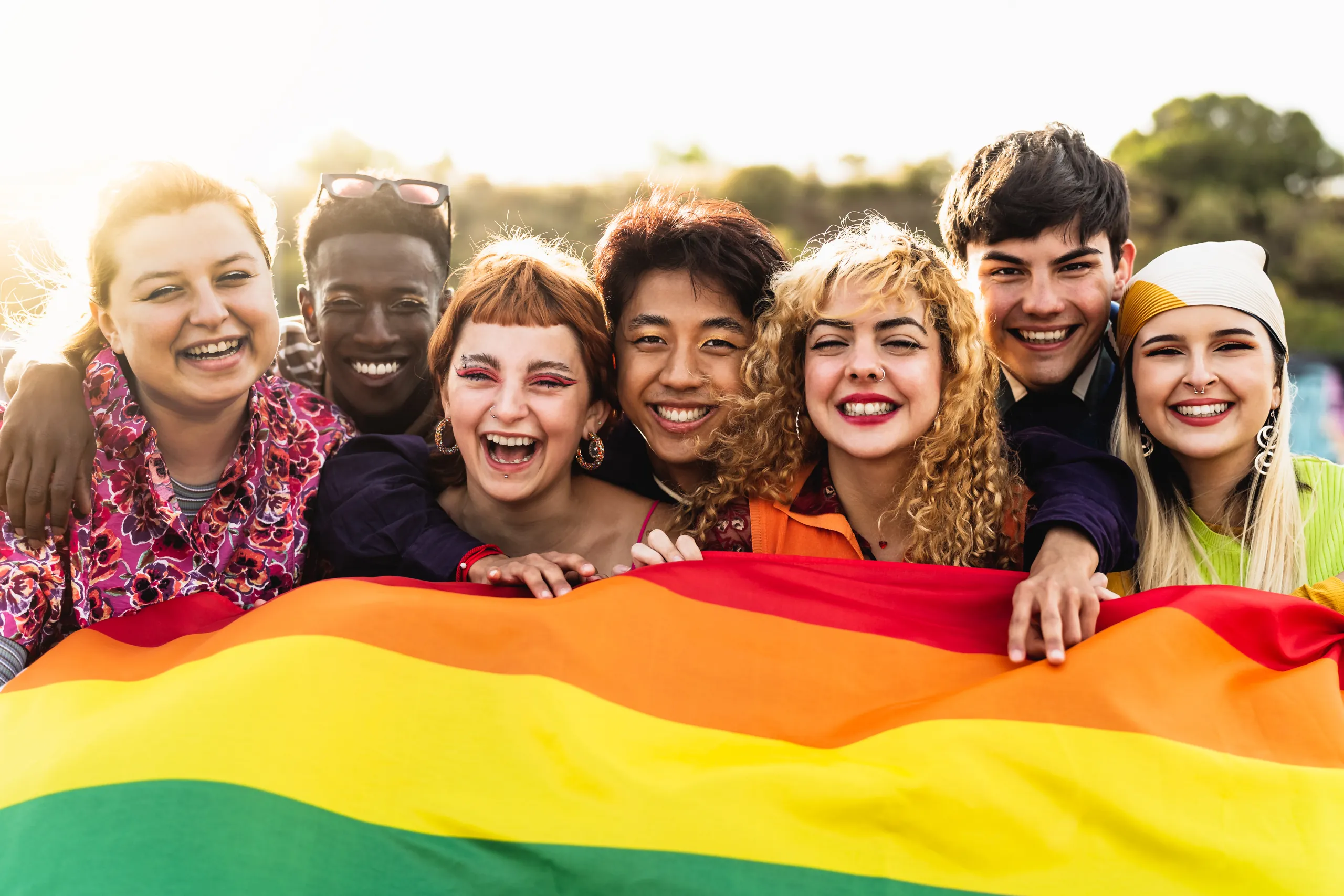
Em-URGE-ing Voices
Your urgent thoughts, urging action.

Nicki and Jenny: Different Approaches To Being One Of The Guys
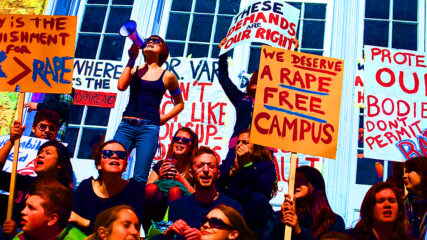
Protect This House: Women Deserve Safe Campuses

What's right and mostly wrong with “Walk a Mile in Her Shoes.”

Uncovering Undercover Colors: A Cosmetic Fix to a Systemic Problem
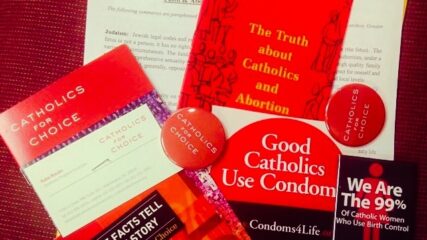
How The Pro-Choice Movement Brought Me Back to Catholicism
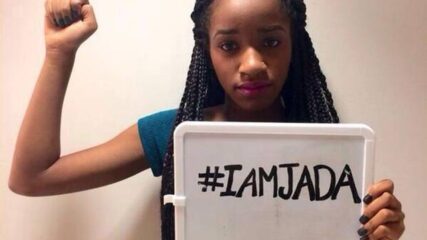
Why Race Needs to Be Mentioned in Jada's Story
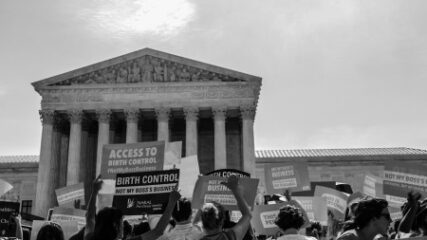
Hobby Lobby: Furthering the Othering of Women
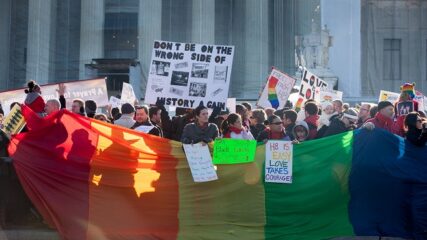
How to Be an LGBTQ Ally (Without Being a Jerk)
Dating Violence, LGBTQ Youth, & Reproductive Justice
Responding to dating violence among LGBTQ youth should be a reproductive justice priority. Not only do LGBTQ young people experience higher rates of relationship violence than their peers, they also face unique obstacles in trying to get help. These realities put young people’s sexual and reproductive health at risk. In standing up for youth health and rights, we need demand prevention efforts—including comprehensive sex education—that are LGBTQ-inclusive, respect young people’s relationships, and empower them with the information they need to make healthy and responsible decisions.
Dating violence is physical, sexual, or psychological violence within a dating relationship. As it stands, these forms of violence are all too common among young people: about 1 in 10 high school students have experienced physical abuse from a dating partner. We now know that LGBTQ young people’s relationships are no exception. A 2013 study found that lesbian, gay, and bisexual youth showed significantly higher rates of all types of dating violence victimization and perpetration experiences, compared to heterosexual youth. In general, those identifying as trans experience disproportionately high levels of dating violence. In a 1998 survey of trans and intersex individuals, 50% of respondents reported having been subject to rape or assault by a romantic partner. The research that does exist on trans youth supports the notion that they experience the highest rates of relationship violence among young people.
For those LGBTQ youth affected by dating violence, it can be extraordinarily difficult to get help. Teen relationships are often hidden from adults in part due to a fear of disapproval. This fear can be exacerbated by homophobia and transphobia within an LGBTQ teen’s family and community; reporting abuse might mean being forced to come out before youth are ready. A controlling dating partner may use these dynamics to threaten to “out” a survivor of violence if they tell anyone or try to leave. Outing can have disastrous consequences on relationships, safety, employment, and housing. Along with enhanced fears of not being believed, institutional anti-LGBTQ animus, lack of LGBTQ-inclusive shelters, and a pressure to portray LGBTQ relationships as normal and healthy, the realities of abuse leave many survivors feeling trapped and alone.
These facts are troubling and they raise core reproductive justice concerns. Families deserve to raise children free from abuse, and youth have the right to lead healthy lives. Too often, dating violence puts young people’s sexual and reproductive health at serious risk. Dating violence can include reproductive coercion: explicit behavior to promote pregnancy that is unwanted by a partner, birth control sabotage, and pregnancy coercion. Individuals in abusive relationships are also less likely to use condoms consistently. These patterns of behavior contribute to higher rates of STIs and unintended pregnancy among those experiencing dating violence. For LGBTQ youth, these increased risks sit alongside pre-existing disparities. For example, lesbian and bisexual youth are already more likely to experience unintended pregnancy than other girls.
I believe fighting for reproductive justice means operating at the intersections of our movements and insisting on inclusive solutions. One approach is to stop dating violence before it ever occurs by focusing our efforts on prevention. Comprehensive sexuality education that is both LGBTQ-inclusive and includes education on healthy relationships should be a piece of that prevention platform. Comprehensive sex ed empowers young people to be responsible for their own health. Students who receive information and skills about healthy relationships have been found to be less likely to perpetrate dating violence. And making healthy relationships curricula LGBTQ-inclusive would reaffirm that dating violence is not confined to heterosexual relationships; it impacts the health and rights of all young people regardless of sexual orientation or gender identity and expression, which means queer rights and reproductive rights advocates alike need to prioritize an agenda aimed at keeping young people safe.
 Kashif Syed is the Reproductive Justice Law & Policy Fellow (LSRJ) at Advocates for Youth, where he focuses on securing young people’s access to sexual & reproductive health services. He received his BA from Michigan State University and holds a JD from the Chicago-Kent College of Law where his work centered on sex & gender equality under the law.
Kashif Syed is the Reproductive Justice Law & Policy Fellow (LSRJ) at Advocates for Youth, where he focuses on securing young people’s access to sexual & reproductive health services. He received his BA from Michigan State University and holds a JD from the Chicago-Kent College of Law where his work centered on sex & gender equality under the law.
